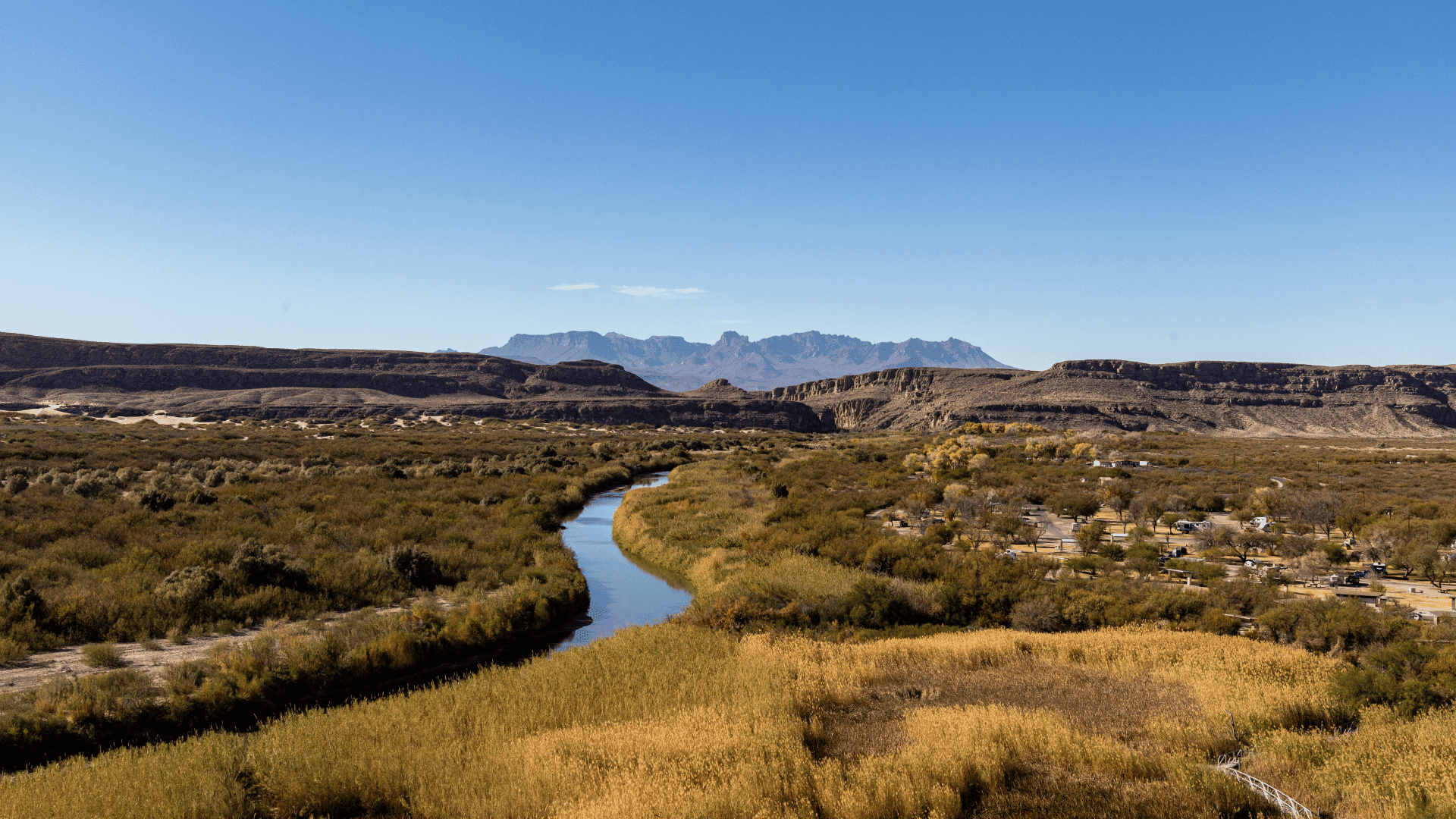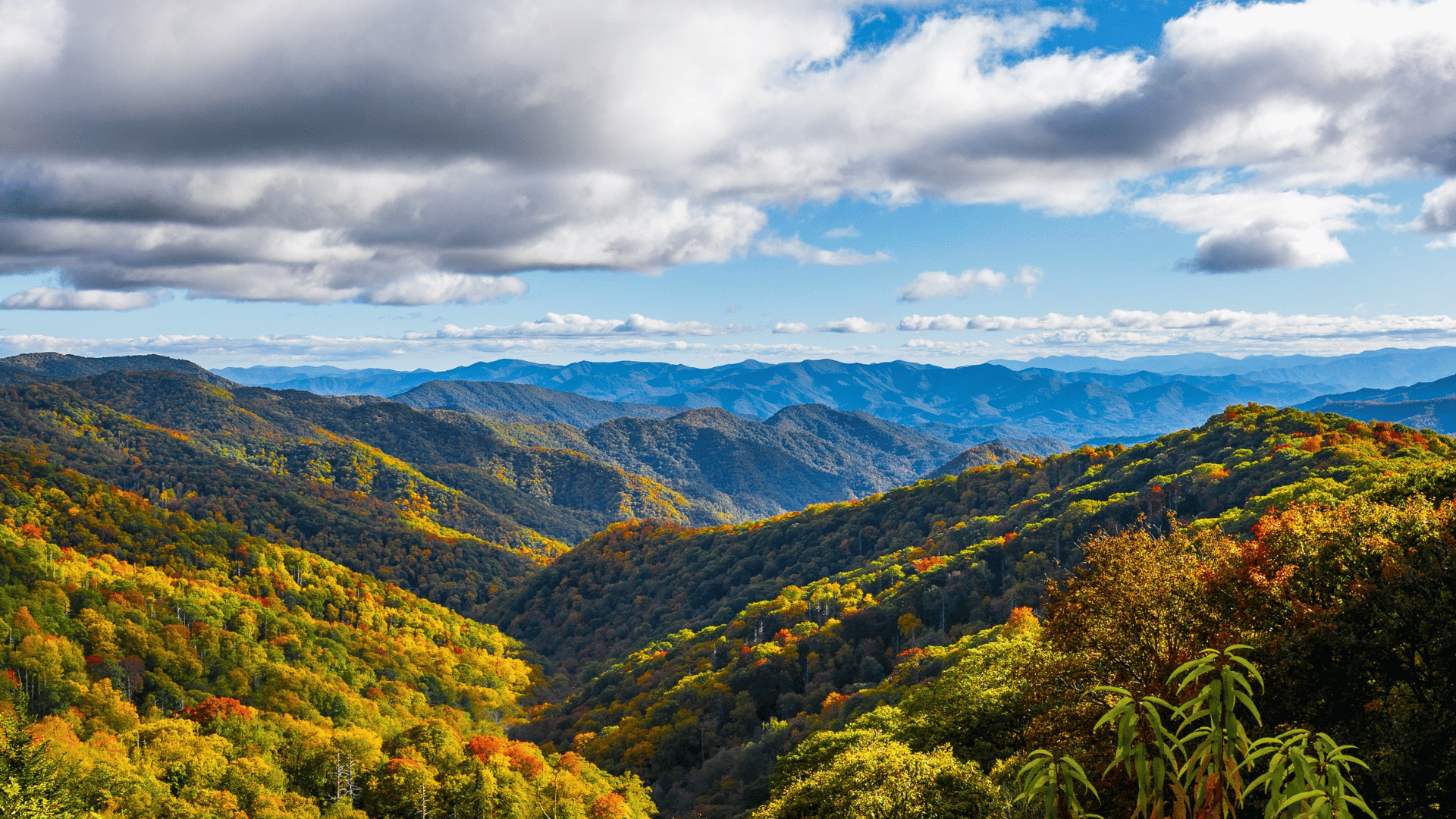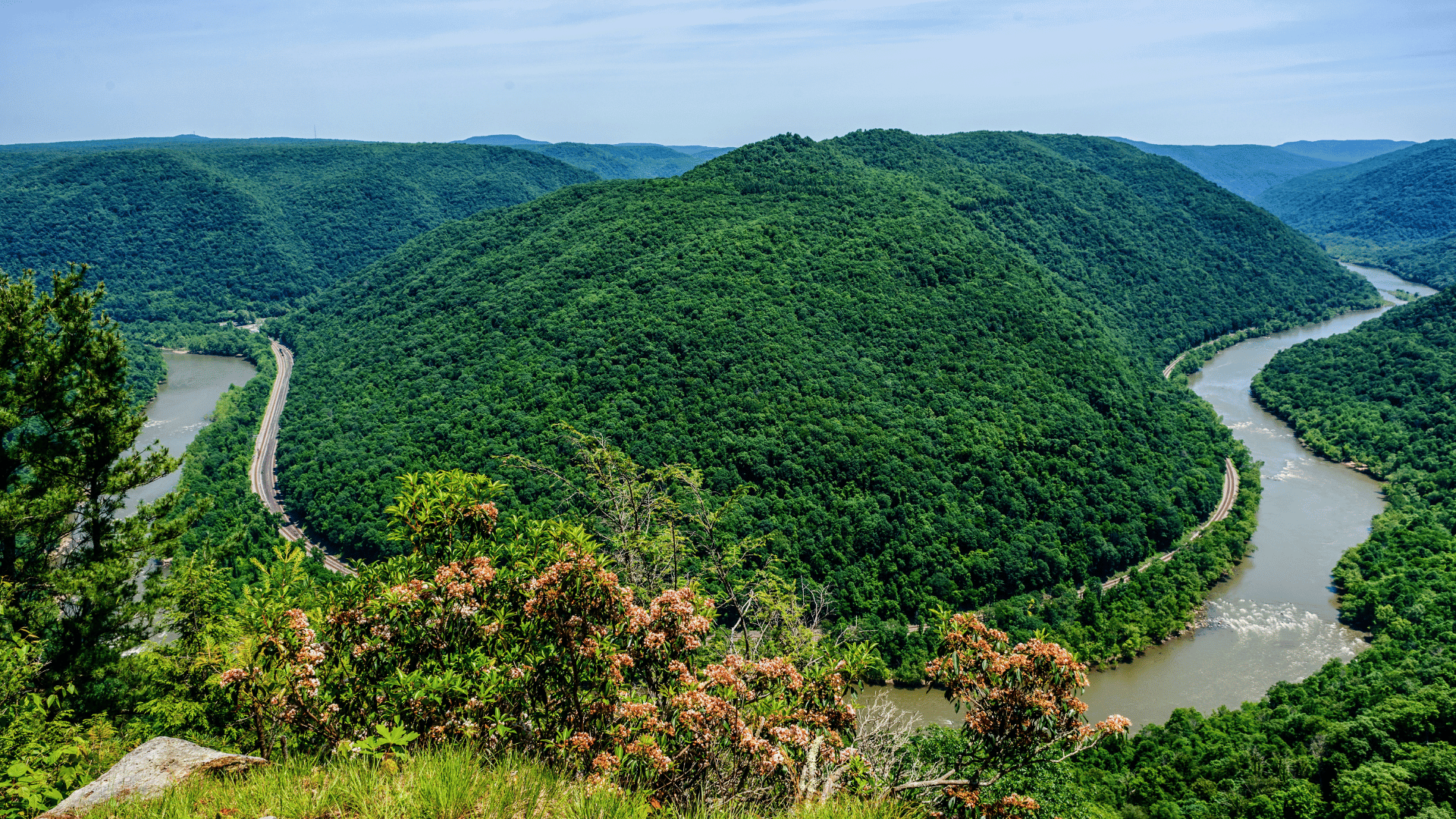Though the U.S. National Parks offer spectacular sights year-round, the springtime season brings some unique and timely attractions for nature enthusiasts. From rare bird sightings to bright blooms, here are our picks for the top 5 U.S. national parks to visit in the spring.
Big Bend National Park, Texas

From late February to early May, migrating birds nest amongst oak and pine trees in the Chisos Mountains and along the Rio Grande. Visitors have identified over 400 species of birds throughout the park, including yellow-breasted chats, hepatic tanagers, and painted buntings. The park even has a few rare birds, including the Colima warbler, which can be found on a hike along Boot Canyon from late April through August. The park also includes some rare fauna like the bluebonnet, geothermal hot springs, and some spectacular stargazing at night.
Great Smoky Mountains National Park, North Carolina and Tennessee

Also known as “Wildflower National Park,” the park is home to more than 1,500 flowering plants with some magnificent blooming displays between the months of February and April. Though the park has 800 miles of trails, travelers looking to spot some bright blooms like violets, trillium, lady slipper orchids, and more, should stick to the Schoolhouse Gap Trail or the Oconaluftee River Trail. And, for visitors wanting to learn more about the botanical wonders, the park hosts a week-long Spring Wildflower Pilgrimage in which guides lead hikes designed to teach travelers about the local flora.
Yellowstone National Park, Wyoming and Montana

America’s first national park is particularly beautiful during the spring season with one of the most impressive collections of megafauna in the contiguous U.S. Visit in mid-April and bring binoculars to spot bear cubs emerging from their dens, bison calves clinging to their mothers, or wolf pups playing with their packs.
Other baby animals visitors could see at this time of year include bighorn sheep, elk, eagles, river otters, and moose. Apart from the animals, the waterfalls are also impressive, with 63,500 gallons of water plunging over Yellowstone River’s thundering Lower Falls every second.
Joshua Tree National Park, California

Though Joshua Tree’s namesake plant – a giant succulent with branches and spiky green leaves – usually takes center stage at this park, the springtime season is full of spectacular wildflowers. And, every five to ten years, the perfect conditions arise for a superbloom that turns this desert landscape into a kaleidoscope of color. Though peak bloom viewing varies based on different factors like temperature, winter precipitation, and elevation, typically, they hit their pinnacle around March and April.
New River Gorge National Park and Preserve, West Virginia

April is the perfect time for outdoor adrenaline enthusiasts to visit New River Gorge National Park and Preserve. As the New River drops 750ft over 50 miles through this national park, it creates a series class five-level rapids —the most difficult for white-water rafters. Navigate these challenging rapids with the help of a licensed outfitter like Adventures on the Gore.
The park also contains deep canyon walls perfect for rock climbers, with over 1,400 named climbs. Experts suggest attempting these climbs during the months of April and May when temperatures are at an optimal range of 65°F to 75°F.







